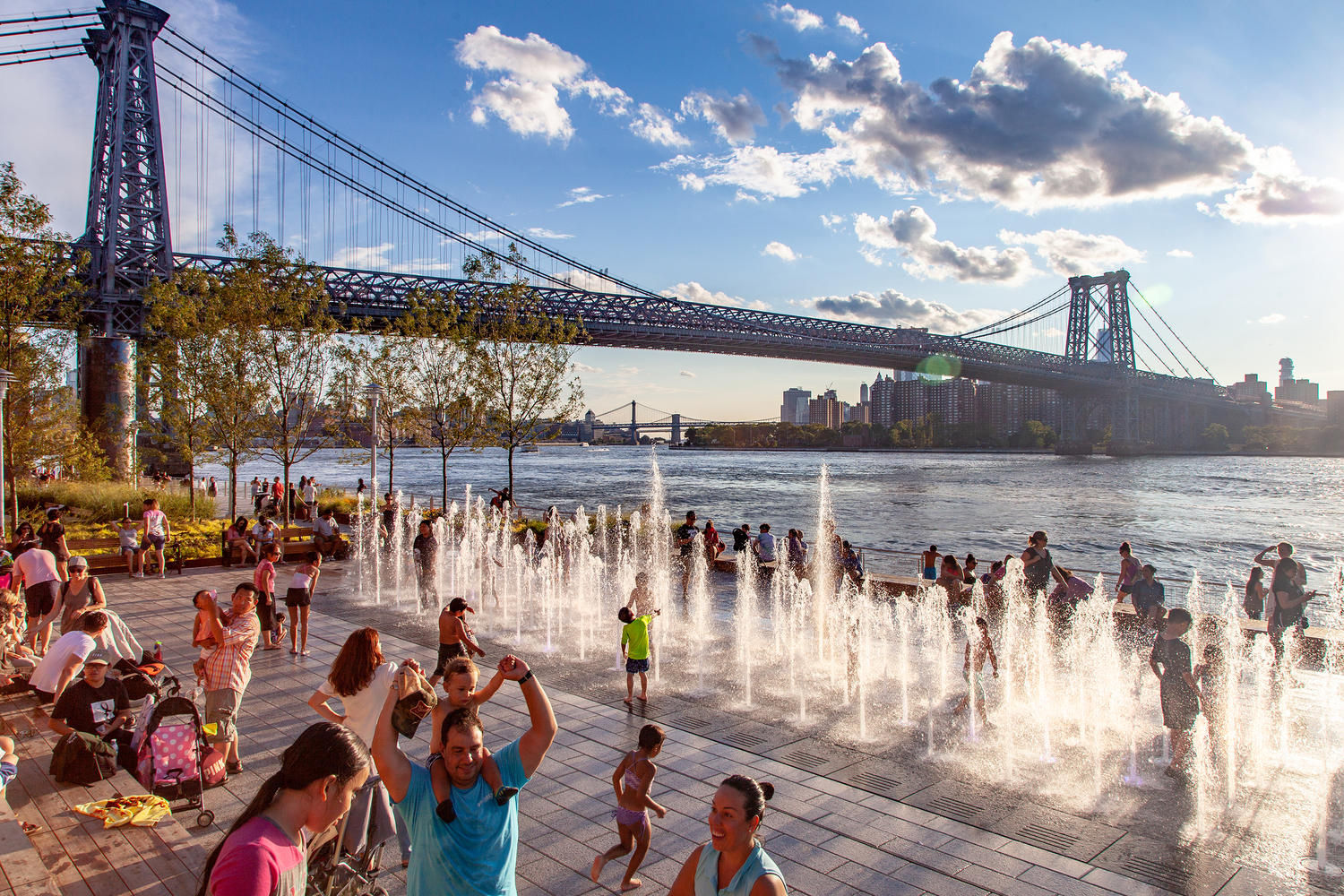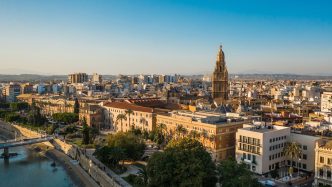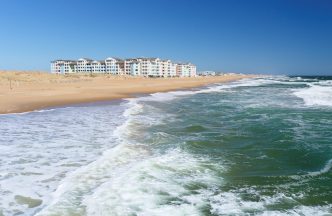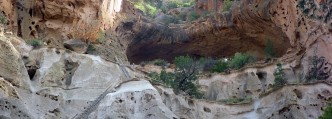PARKS WE LOVE: DOMINO PARK
When the domino park Sugar Refinery in Williamsburg, Brooklyn closed its doors in 2004, an 11-acre parcel was up-for-grabs on the banks of the East River. Though purchased that year the site would sit vacant during debate over its future use, until a residential rezoning of the site was approve in 2010.
The Parcel Changed Hands
in 2012 and approval for a new development plan was reached two years later, including the construction of a five-acre linear park which officially opened to the public in June 2018. Today this riverfront green space is a popular community feature and has welcomed more than three million visitors, featuring sweeping views of the Manhattan skyline, gathering spaces both active and passive, and a unique interpretive walk with large salvaged artifacts from the sugar refinery including 80-foot tall gantry cranes and syrup tanks. A water feature in the center of the park attracts families and groups, and a continuous 1,200 foot walkway stretches the length of the park, linking the features together. This year the park is one of two recipients of the Urban Land Institute’s (ULI) Urban Open Space Award.
“Domino Park is Part of The Critical Transformation
of the former Domino Sugar Factory site into a mixed-use, vibrant space within an area that previously had one of the lowest open space to people ratios in the city,” ULI noted in the award announcement. “Inspired by community input and the site’s rich history, the 5-acre park reconnects the Williamsburg neighborhood to the East River for the first time in 160 years.” While all public spaces around the world are trying to innovate and implement safety measures, Domino Park has introduced a series of painted social distancing circles to ensure people are following proper social distancing procedures.
The welcoming green space is located just north of the Williamsburg Bridge, was entirely privately finance, and design by High Line lead designers James Corner Field Operations (JCFO). Notably it is one of the first parks to be certified under Waterfront Edge Design Guidelines (WEDG), with a raised elevation and native green plantings designed to be resilient to storm surge and sea level rise, acting as a sponge on the banks of the river and protecting the neighborhood behind it. This spring the park grabbed headlines for its novel way of encouraging safe, outdoor social distancing—six-foot circles, chalked out in the grass. For city residents, it was a welcome opportunity to get outside, and enjoy some moments in nature as the weather warmed.
“This park reflects the diversity of the people, and the outreach created the bond and sense of ownership,” JCFO Senior Principal Lisa Switkin told Arch Daily this summer, looking back on its development. “Today, given the consequences of the pandemic, there is a heightened awareness of the significance of parks and open spaces for not only community, but recreation, respite, protest, and general health and well-being.”






